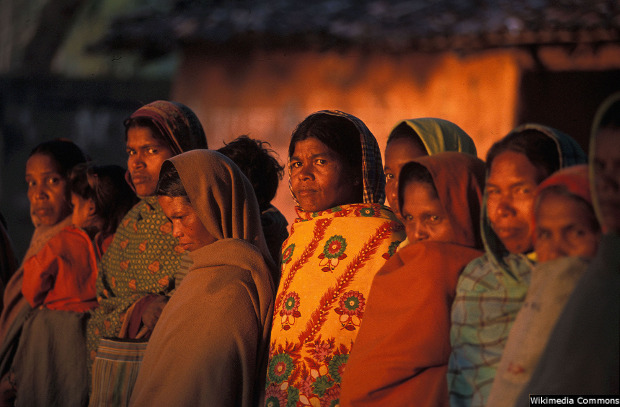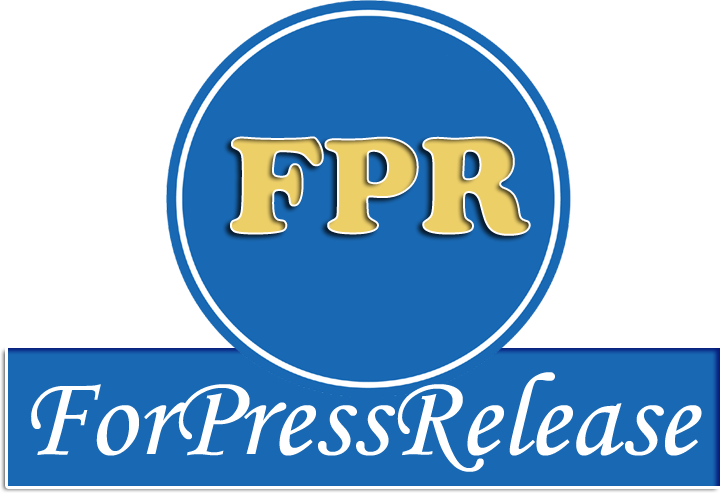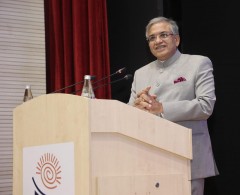- Vaidam Health Acquires MediJourney in a Strategic Move to Accelerate Global Growth and Innovation
- Trend Laminates Unveils Premium Laminate Sheet Range
- Medhavi Skills University Partners with Sikkim Police to Empower Families of Bravehearts Through Skill-Embedded Higher Education
- SBI Partners with FPSB India to Upskill 2.36 Lakh Employees with CFP® Certification
- DreamSetGo Celebrates World Music Day 2025 with “Sound of Sports Experiences"
- byteXL AI and Engineering Jobs Report 2025 reveals Women Engineering Students' Growing Interest in AI/ML Careers
- Coach Kiki Launches Individual Youth Sports Training Sessions in Flagstaff
- RPost Launches Developer-Friendly Cloud Platform for Secure, Authenticated Email Messaging
- Unlocked Potential Announces Rock The Rim 5-on-5 Basketball Tournament in Flagstaff, AZ
- Shreekant Patil Champions Nashik’s Smart City Vision and International Collaborations for Sustainable Urban Growth
- Meghalaya Announces Cherry Blossom Festival 2025, Featuring Jason Derulo and The Script
- Russian Composer Elmira Terkulova Returns to the Scientology Information Center with Songs for Dreamers
- Future Electronics Named Epson 2024 Partner of the Year at EDS Leadership Summit
- 3F Oil Palm Drives Mega Plantation Initiative in Dima Hasao, Assam under National Mission on Edible Oils
- Ministry of Jal Shakti Celebrates International Day of Yoga with Enthusiasm and Public Participation Across the Country
 Mail to a Friend Mail to a Friend |
|
     |
#Budget2017: Gender Funds Up 18%, Account For 5.2% Of Total Budget

India?s gender budget ? spending on women-related schemes and projects ? rose 18% from
Rs 96,331 crore ($14.4 billion) in 2016-17 (revised estimates) to Rs 113,326 crore
($17 billion) in 2017-18 in the union budget announced on February 1, 2017.
The gender budget accounted for 5.2% of total government spending, an increase of 0.4%
from 4.8% in 2016-17 (revised estimates). It accounted for 4.5% of budget expenditure
in 2016-17, IndiaSpend reported in March 2016 but went up to 4.8% after revised
estimates of the budget.
Gender Budgeting (GB) was introduced in Budget 2005-06. The GB funds two types of
government schemes. First, schemes in which 100% provision is for women. Second,
schemes where the allocations for women constitute at least 30% of the provision.
?The rationale for gender budgeting arises from the recognition of the fact that
national budgets impact men and women differently through the pattern of resource
allocation,? said this statement from the ministry of women and child
development.?Women constitute 48% of India?s population, but they lag behind men on
many social indicators like health, education and economic opportunities. Hence, they
warrant special attention due to their vulnerability and lack of access to resources.?
Only 27% of Indian women are in the labour force, the second-lowest rate of female
labour-force participation in South Asia after Pakistan, 1,403 females never attended
any educational institution for every 1,000 males who have not and eight in 10
illiterate children who were married before 10 in India were also girls. (Details
here, here and here)
India was ranked 87th in the Global Gender Gap Index 2016, according to the World
Economic Forum, a jump of 21 places from 2015. In women?s health, India ranked 142nd
in the index, third from bottom, highlighting the need to increase funding for
improving it.
Apart from the central government, 17 states have adopted gender budgeting.
Jharkhand increased its gender budget by 30% from Rs 5,909 crore ($0.8 billion) in
2016-17 to Rs 7,684 crore ($1.1 billion) for 2017-18. Kerala announced that it will
revive its gender budgeting manual with the possibility of more than 10% of the
proposed budget being allocated for gender-based schemes.
GB is positive and significant for primary school enrollment equality, and can
potentially improve gender equality in primary education, according to this 2016
report by the International Monetary Fund. While more young women are enrolled in
higher education than ever before?and apparently more successful in clearing 10th-
standard board exams than young men?they are either marrying early or not finding or
not looking for jobs, IndiaSpend reported in August 2016.
The ministry of women & child development received a 20% increase in budget allocation
this year at Rs 22,095 crore ($3.3 billion) as against Rs 17,640 crore ($2.6 billion)
last year.
Funding rises for nutrition, Beti Padhao Beti Bachao and maternity schemes
The Indira Gandhi Matritva Sahyog Yojna (Maternal Benefit Scheme) saw an increase of
326% in allocation from Rs 634 crore ($94.6 million) in 2016-17 to Rs 2,700 crore
($298 million) in 2017-18. India?s maternal mortality rate (MMR) was 178 deaths per
100,000 live births in 2011-12, which was worse than Sri Lanka (30), Bhutan (148) and
Cambodia (161), and worst among the BRICS countries: Russia (25), China (27), Brazil
(44), and South Africa (138), IndiaSpend reported in September 2016.
However, the more than three-fold increase in funding may still not be enough.
?The government?s own report by the standing committee on Food, Consumer Affairs and
Public distribution presented in January 2013 puts the number of eligible women at
22.5 million every year,? Kanika Kaul, senior programme officer with the Centre for
Budget and Governance Accountability (CBGA) told the Mint. This works out to Rs 14,512
crore ($2.1 billion) a year.
Prime Minister Narendra Modi announced on December 31, 2016 that Rs 6,000 would be
transferred directly to the bank accounts of pregnant women who undergo institutional
delivery/and vaccinate their children.
The option of giving Rs 6,000 to pregnant women already existed in the National Food
Security Act (NFSA), 2013 but it just had not been implemented by the government,
FactChecker reported on January 2, 2017.
The budget for the National Nutrition Mission increased 28 times from Rs 19 crore
($2.8 million) in 2016-17 to Rs 550 crore ($82 million) in 2017-18. India reported
anaemia among 45% of its pregnant women?the highest in the world?even though there has
been a fall of 12% in the last ten years, IndiaSpend reported in September 2016.
Modi?s pet project Beti Bachao Beti Padhao (Save the girl child, educate the girl
child), has been allocated four times more funds for 2017-18. India?s sex ratio at
birth?the number of girls born alive for every 1,000 boys?declined over the last 65
years from 946 to 887 even as per capita income increased nearly 10 times, IndiaSpend
reported in December 2016.
The allocation for scheduled caste/scheduled tribe (SC/ST) women accounted for less
than a per cent of the gender budget, according to this analysis in The Wire. The
literacy rate among Dalit women has increased by 14.6 percentage points?which is more
than the increase for women in the general population (10 percentage points)?from 2001
to 2011 but SCs and STs still lag Indian educational indicators: 66% of SCs are
literate, as are 59% of STs; literacy among the general population is 74%,
Company :-indiaspend
User :- kiran matkar
Email :-kiranmatkar@yahoo.com
Phone :---
Mobile:- -
Url :- http://www.indiaspend.com/










